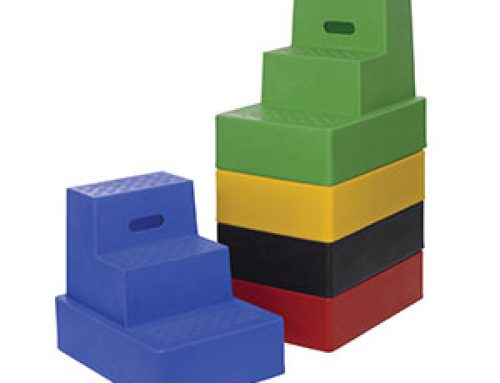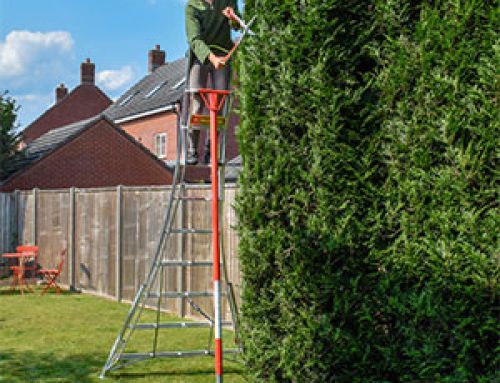Many people have accidents on ladders, but there is no reason why an accident should  happen. Like any other possible accident out there, the majority of accidents that happen on ladders can be prevented.
happen. Like any other possible accident out there, the majority of accidents that happen on ladders can be prevented.
For example, how many of you have inspected your ladder recently? If you have answered no, then you are not alone. Not many people would think about doing this, so we have put together a helpful guide to let you know; why you should inspect a ladder, when you should inspect a ladder and what you should check for.
Firstly let’s start with why we inspect ladders. The reasons we inspect ladders is to ultimately prevent accidents. As mentioned, accidents should not happen so we want to do everything in our power to reduce the amount of ladder related accidents or incidents.
When should they be inspected? They should be inspected promptly upon first receipt, directly before each use and after any instances of potential damage, such as a drop, in case of any issues that require remedial action.
When inspecting a ladder, there are some key areas you should assess. The steps or rungs should be checked to ensure there are not any missing or loose. This can be checked by attempting to move them by hand. If they move, this is a warning sign that it is not secure and you should not use the ladder..
The feet should be thoroughly checked to make sure there is no damage or that the feet are not too worn. If they are missing, worn or damaged, the ladder could slip. Also, it is important to check the feet when moving from soft ground such as soil or loose sand to a smooth, solid surface such as paving slabs to make sure the foot itself is in contact with the floor and not dirt or other material that has been picked up. Feet maintenance is key to ladder safety and untreated problems often result in avoidable accidents.
Depending on the material of construction, it may be necessary to check for worn, decayed or split components. Wooden ladders are prone to rot and decay problems and metal ladders, depending on the kind of metal they are made from, can present corrosion,  rust, oxidation and excessive tread wear. Before using the ladder, signs of these issues should be looked for and further professional advice sought before considering use.
rust, oxidation and excessive tread wear. Before using the ladder, signs of these issues should be looked for and further professional advice sought before considering use.
Never overlook the locking and securing mechanisms when inspecting a ladder. Signs of loose, broken or missing extension locks could result in the ladder being unstable and dangerous. When the ladder is extended, ensure the locks seat properly and are not defective or compromised.
By keeping ladders well maintained, these problems can often be avoided. You can easily maintain your ladders by following the care instructions that come with the ladder when you purchased it.
Most importantly, defective or damaged ladders should always be taken out of service. Never take the risk of operating an unsafe ladder.
We hope this article has helped you understand why we inspect ladders and what you should be checking for. If you have any questions about caring for your ladder, then one of our customer service advisors would be happy to chat through maintenance in more detail.






Leave A Comment
You must be logged in to post a comment.